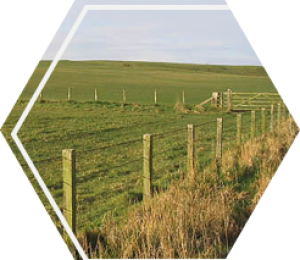Grazing Task
Fifth Grade Earth and Life Science: How can cattle improve an ecosystem?
Three-Dimensional Claim
In this task, students will determine how cattle interact with various organisms (plants, fungi, bacteria, etc.) in an ecosystem to create a model to explain interdependent relationships and how agricultural practices can cause an ecosystem to improve.
Performance Expectations - Next Generation Science Standards (NGSS)
5-ESS3-1. Earth and Human Activity
- Obtain and combine information about ways individual communities use science ideas to protect the Earth’s resources and environment.
5-LS2-1. Ecosystems: Interactions, Energy, and Dynamics
- Develop a model to describe the movement of matter among plants, animals, decomposers, and the environment. [Clarification Statement: Emphasis is on the idea that matter that is not food (air, water, decomposed materials in soil) is changed by plants into matter that is food. Examples of systems could include organisms, ecosystems, and the Earth.] [Assessment Boundary: Assessment does not include molecular explanations.]
Next Generation Science Standards
This task is intended to elicit student learning of the following NGSS elements for each of the three dimensions:
Disciplinary Core Ideas
LS2.A: Interdependent Relationships in Ecosystems
- The food of almost any kind of animal can be traced back to plants. Organisms are related in food webs in which some animals eat plants for food and other animals eat the animals that eat plants. Some organisms, such as fungi and bacteria, break down dead organisms (both plants or plants parts and animals) and therefore operate as “decomposers.” Decomposition eventually restores (recycles) some materials back to the soil. Organisms can survive only in environments in which their particular needs are met. A healthy ecosystem is one in which multiple species of different types are each able to meet their needs in a relatively stable web of life.
Newly introduced species can damage the balance of an ecosystem. (5-LS2-1)
LS2.B: Human Impacts on Earth Systems
- Matter cycles between the air and soil and among plants, animals, and microbes as these organisms live and die. Organisms obtain gases, and water, from the environment, and release waste matter (gas, liquid, or solid) back into the environment. (5-LS2-1)
ESS3.C: Human Impacts on Earth Systems
- Human activities in agriculture, industry, and everyday life have had major effects on the land, vegetation, streams, ocean, air, and even outer space. But individuals and communities are doing things to help protect Earth’s resources and environments. (5-ESS3-1)
Science and Engineering Practices
- Developing and Using Models
Collaboratively develop and/or revise a model based on evidence that shows the relationships among variables for frequent and regular occurring events.- Develop and/or use models to describe and/or predict phenomena.
Crosscutting Concepts
- Cause & Effect
- Cause and effect relationships are routinely identified, tested, and used to explain change.
- Systems and System Models
- A system can be described in terms of its components and their interactions. (5-LS2-1)
New York State P-12 Learning Standards
5-LS2-1. Matter and Energy in Organisms and Ecosystems
- Develop a model to describe the movement of matter among plants (producers), animals (consumers), decomposers, and the environment
5-ESS3-1. Earth’s Systems
- Obtain and combine information about ways individual communities use science ideas to protect Earth’s resources and environment.
Helpful Prior Knowledge
Rotational Grazing is one of the grassland management strategies that students learn about in this transfer task. Rotational Grazing is a process in which farmers plan how they will move or rotate their cattle to different pastures or pieces of land (ecosystems), to promote healthy grassland development. This management technique allows farmers to provide their cattle with nutritious forages, prevent overgrazing of any one particular area, and cultivate healthy interactions between individual components of the ecosystem.
Students should have had opportunities to master the content within the New York Agriculture in the Classroom Next Generation Beef Toolkit - Ecosystems and Soil Health.
- As students participate in the first part of the experience, they will get a broad understanding of ecosystems and biodiversity while learning about humans’ impact on the land.
- In the second half of the experience, students will learn how humans can regenerate ecosystems that might have been negatively impacted or increase the productivity of less productive land while engaging with a real-life agriculturalist.
References
Acknowledgments
Task Development Team:
- Brian Beierle
- Jenna Weiland
- Amelia Hayden
- Lauren Millang

